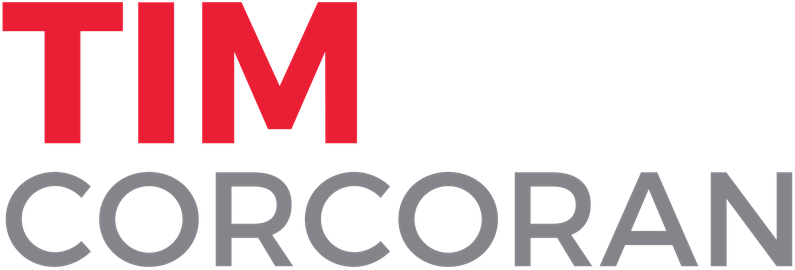Don't Confuse Responsiveness With Speed
/I've made the above admonition countless times, whether to my sales teams in the past or to lawyers in my business development training programs presently. In short, being responsive to the client's needs isn't the same as responding quickly. In our smart phone enabled world, where we're accessible 24/7 in the most remote corners of the planet (I once successfully joined a conference call from the summit of Machu Picchu!), we tend to believe that because we can be accessible, we should be accessible. More to the point, we believe that clients should be able to reach us at any time, anywhere. I beg to differ.
One thing we've lost in a persistent-connection world is the time to contemplate. Countless times I've heard from in-house counsel and outside lawyers that there is no more time to think. Legal issues are often complex and require creativity and innovation. And it takes time to boil down the complex into smaller, more readily digested components. One of the oft-repeated themes in legal vendor advertising is the harried lawyer who receives an urgent late night call from the client, but with a few clicks of her mouse the lawyer can find exactly the information needed to save the day. The reality is that we all need time to think. We need to contemplate the fact pattern, research the underlying issues, frame the response and prepare for anticipated questions. This can't be done easily from the ski lift or from the taxicab or from the back porch while the clown entertains the children at the birthday party. Believe me, I've tried!
In my experience, responsiveness is more about setting proper expectations. Rather than establish a ludicrous requirement that everyone will be accessible at all times in all time zones except while actually in flight (as one Biglaw partner recently decreed in a preposterous missive against the use of out-of-office messages), be crystal clear when setting expectations. Your phone message and out-of-office message should indicate when you'll return calls or messages, and provide an alternative source for the visitor to address questions. And then follow through. Most clients, even those with pressing business issues, want certainty about when they'll have a quality response more than they want an immediate, but potentially inaccurate or not fully-considered, response. This applies even when the client reaches you directly. Just because you picked up the phone doesn't mean you must provide an instant response.
In today's ultra-competitive world we aren't eager to broadcast to our clients that we're not clever enough to respond promptly, or that we're not sufficiently aware of their time constraints. But avoiding the instant response in favor a more reasoned response doesn't have to send these messages.
The potential outcomes are finite.
Flexible: "Based on these facts, Mr. Client, we'll be prepared to advise you by 4 PM today (or 2 PM tomorrow). Will this time frame work for you?"
Urgent: "The facts are complex and it will take some time to develop a thorough response. If you need something urgently, then we can triage the issues and provide a directional finding within a few hours, but for a fully-researched response we'll need until 4 PM today (or 10 AM Tuesday)."
More often than not, the client will wait for the right answer rather than settle for the quick answer. If the client relationship is so tenuous, or, more to the point, if your law firm is regarded as the sort of place one calls when the prevailing need is merely for anyone to answer the phone, then your challenge may be slightly larger than merely responsiveness. Clients who demand instant responses often don't trust that their deadline will be met, so they build in an "urgency" cushion to ensure that they'll have answer in hand when the real deadline approaches. They may also need to translate your legal response into a business response, so proving that you can offer business guidance and not merely legal advice saves everyone time.
It's critical to demonstrate client focus at all times. There's a difference between responsiveness and speed. Be clear of your intent when establishing your firm's service posture.
Timothy B. Corcoran is principal of Corcoran Consulting Group, with offices in New York, Charlottesville, and Sydney, and a global client base. He’s a Trustee and Fellow of the College of Law Practice Management, an American Lawyer Fellow, and a member of the Hall of Fame and past president of the Legal Marketing Association. A former CEO, Tim guides law firm and law department leaders through the profitable disruption of outdated business models. A sought-after speaker and writer, he also authors Corcoran’s Business of Law blog. Tim can be reached at Tim@BringInTim.com and +1.609.557.7311.



